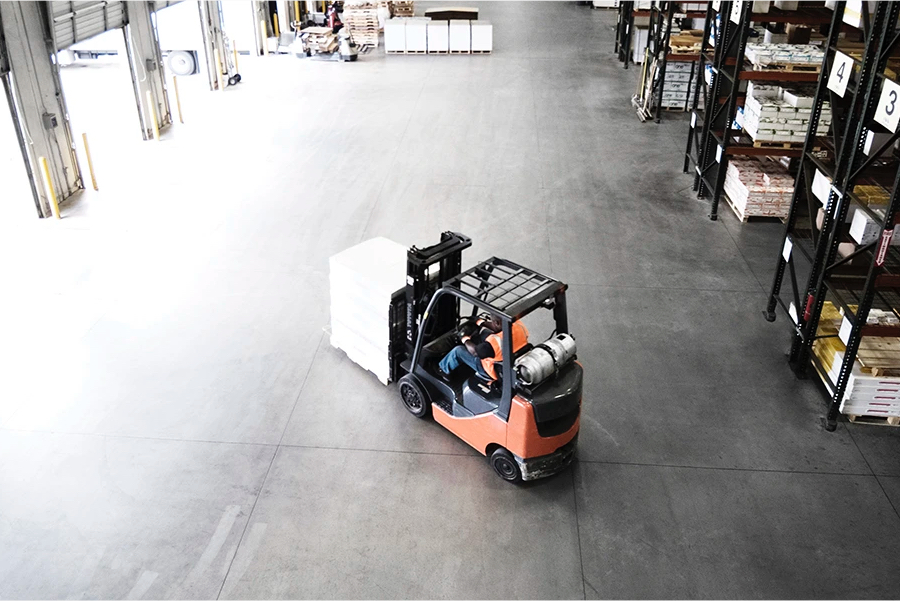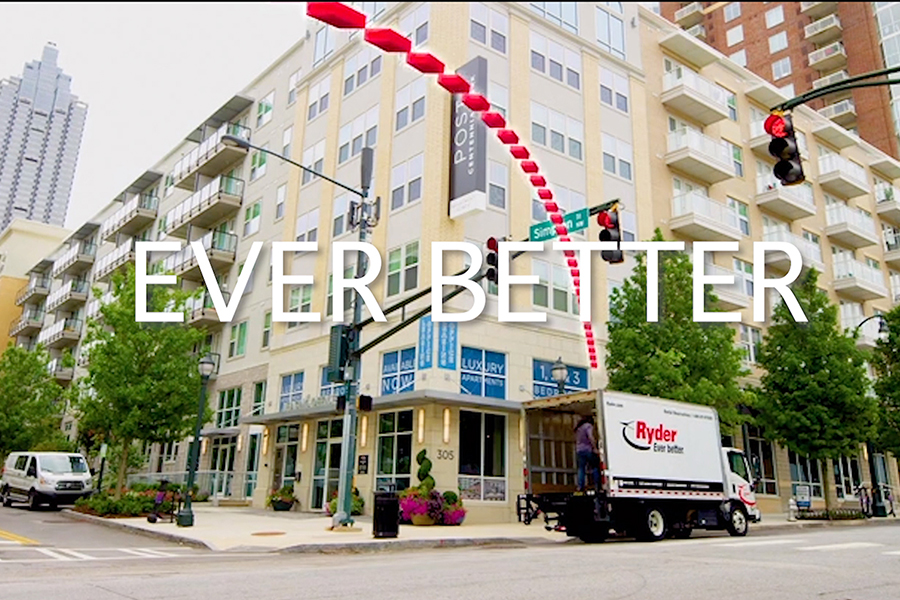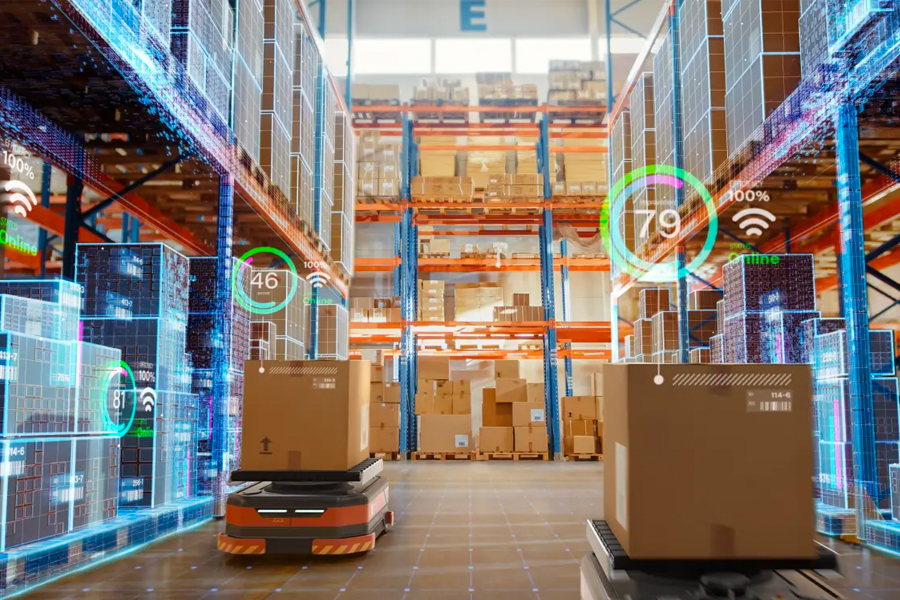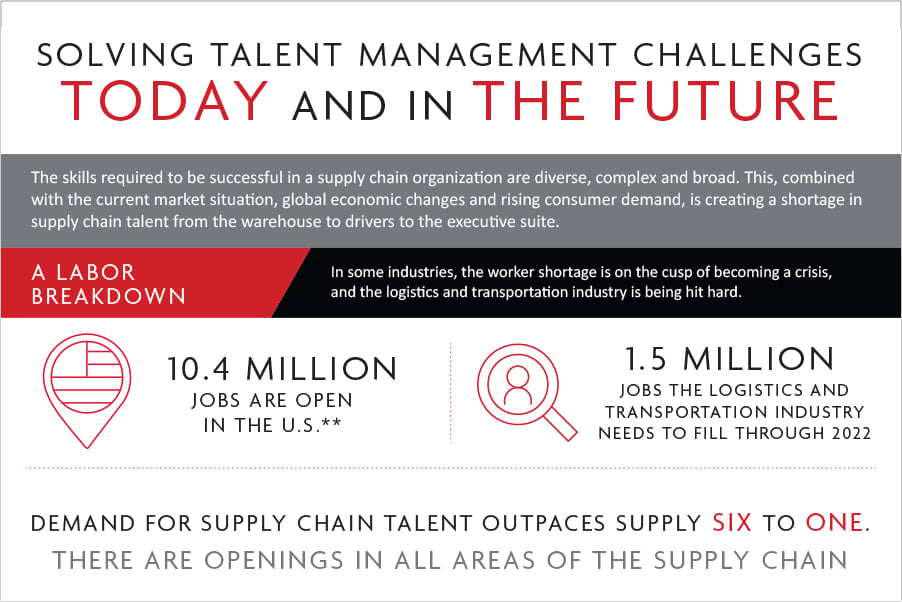7 Ways 3PLs Support Warehousing & Distribution

As the companies that manage the logistics operations of a variety of facilities, third-party logistics providers, or 3PLs, have come a long way since their inception in the 1970s. In response to demand, for example, 3PLs expanded their services to not only include end-to-end logistics coordination and management, but also technology integration (such as transportation management systems and warehouse management systems), global shipping functions as well as warehousing/distribution support.
As its position in the supply chain continues to evolve, the modern day 3PL has put forth an even bigger effort to meet its customers’ needs on various levels. Here are seven reasons that companies are turning to 3PLs in the warehouse and distribution space.
1. Cross docking imported goods
Whether operations are domestic in nature or based overseas, companies that import goods typically need cross docking support to help manage and direct those goods. Defined as the unloading of materials from an incoming vehicle and then loading the materials directly into outbound vehicles with no “storage time” in between, cross docking allows companies to receive goods, segregate them by purchase order, destination, SKU or store location, and then distribute the items to the final destination without having to ever store the goods.
Kyle Oslos, senior director of logistics at APL Logistics, says companies with global supply chains are particularly well positioned to benefit from this offering. “If your supply chain is primarily overseas in countries like China and India, the breaking out of the shipments into separate POs and destinations doesn’t happen at the origin,” he says. “A 3PL can provide the cross docking functionality that allows companies to bring those goods in without having to manage, sort and even touch them.”
2. Access to IT infrastructure
Companies that want be able to leverage all of the features of a warehouse management system (WMS), but don’t want to have to invest in a full-blown technology platform, can tap into their 3PLs—many of which offer such integrations. Seko Logistics, for example, owns a proprietary WMS that integrates with companies’ existing enterprise resource planning (ERP) or transportation management systems (TMS).
“We’re agnostic in technology,” says Brian Bourke, vice president of marketing at Seko, “so we will just figure out a way to connect to a customer’s existing systems.” This is a particularly important point, he says, because once stretched outside of a company’s four walls, technology systems aren’t always easy to integrate with other solutions. “We get involved with connecting the pieces together,” he adds, “to give customers visibility all the way from their vendors to the end customers.”
Calling IT infrastructure a “significant expense” for companies, Alan Amling, vice president of global logistics and distribution marketing for UPS, says he’s seeing more companies leveraging their 3PLs’ existing platforms. “When you can utilize a WMS that a 3PL already has in place,” he says, “that’s one less thing that you need to worry about and invest in.”
3. Omni-channel fulfillment support
With all eyes focused on omni-channel (i.e., creating a seamless shopping experience for customers across all distribution channels) right now, it just makes sense that logistics specialists like 3PLs would step up to the plate and support omni-channel efforts.
“When a retailer moves from 5% e-commerce to between 80% amd 90% e-commerce, the fulfillment side shifts quite a bit,” says Bourke. Consider the company that has to comply with the big box retailer’s standards and that must make sure all items are packed, labeled and shipped correctly. The same company may also be sending items directly to consumers—an exercise that requires return labels, printed catalogs, and/or even handwritten notes to be included with the orders.
“These steps have to be taken during the fulfillment stage,” says Bourke, “and they are just some of the warehouse/distribution services that a 3PL can provide.”
4. Strategic workforce management
The fact that 3PLs aren’t historically known for helping warehouses and distribution centers manage their workforce hasn’t stopped some of these providers from providing overall strategic workforce management.
“3PLs are helping warehouses and distribution centers get a handle on issues like labor and workforce optimization,” says Todd Johnson, global vice president of the 3PL global business unit for JDA. Driven primarily by the post-recession labor shortage that’s currently challenging some companies, this value-added service helps companies focus on the utilization and development of their staffs.
“Labor is one of the largest cost drivers in the warehouse,” says Johnson, “and we’re definitely seeing 3PLs helping to take the cost of out of the warehouse through the use of advanced labor planning solutions.”
5 Last-mile configurations and deliveries
In response to demands for fewer distribution points across the supply chain, 3PLs are offering value-added DC activities that help companies cut down on the number of nodes within their own supply chains. “We’re using DC points to apply those value-added services to products— mostly in the interest of velocity and customer responsiveness,” says Carl Fowler, vice president of sales and engineering for Menlo Logistics.
Such services help warehouses and distribution centers address their “last mile” distribution challenges. Defining the last mile as the final point of configuration to final delivery to the customer, Fowler says 3PLs are installing finishing touches on products, handling final configurations, and even embroidering team hats for events like the Super Bowl.
“It’s about delaying configuration until the last ‘touch,’” he says, “and then addressing the last mile delivery component, which can include installation, coding, quality checks, and/or final white glove-style delivery service.”
6. Industry-specific supply chain oversight
In light of the increased scrutiny being paid to the pharmaceutical space by the U.S. government (for example, the Compounding Quality Act and the Drug Supply Chain Security Act will require the FDA to develop a national track-and-trace system that pharma manufacturers must use when introducing products into the supply chain), Johnson expects more 3PLs to get into the track-and-trace and supply chain visibility services businesses.
“Some of these developments are really driving a need for 3PLs that can offer these types of services and technology,” says Johnson. “That would allow the pharmaceutical companies to quickly adapt to emerging legislation while gaining better visibility control in the space.”
7. Final-stage kitting and packaging
Third-party logistics providers offer up a host of transportation and warehousing services, but Amling says the real magic happens when those providers go beyond standard fulfillment—storing, picking, packing and shipping—with value-added services like final-stage kitting and packaging. Using athletic bandages as an example, Amling says that while Walmart may want the items assembled into a five-pack, Walgreens might request a “buy two, one free” offer.
“All of these different retailers want everything customized to their own preferences,” Amling says. “You have to be able to predict demand across the various retailers and handle the different, requested configurations upstream—when you’re doing the manufacturing and packing.” Where the 3PL comes in is by providing kitting and packaging.
This effectively allows the warehouses and distribution centers to postpone any type of predicting or decision-making around specific order volumes. “The company sends them to us in bulk and, as the orders come in,” he says, “we pick and pack them according to the retailer’s requirements.”
More services on the horizon
As companies outsource more warehouse and distribution functions to third parties, and as more 3PLs step up to the plate and incorporate more services and solutions into their offerings, expect to see even more symbiotic relationships form between 3PLs and their customers. “We’re definitely seeing an increased interest from companies that want to use 3PLs that can expand outside of the transportation area,” says Johnson, “although right now, the majority of 3PL services are still focused on the core transportation and logistics areas.”
Johnson sees a shift coming on the horizon, however, with more 3PLs providing services around whole inventory and order visibility. “From a consumer perspective, we expect to be able to have full visibility to our orders,” Johnson says. “From the moment we place the order, through the transit process, and right up until it reaches our doorstep. That’s the expectation.” To meet that expectation, Johnson adds that warehouses and distribution centers need the kind of technology and solutions that many 3PLs already possess and provide.
This article appeared in Logistics Management and was republished with permission.



